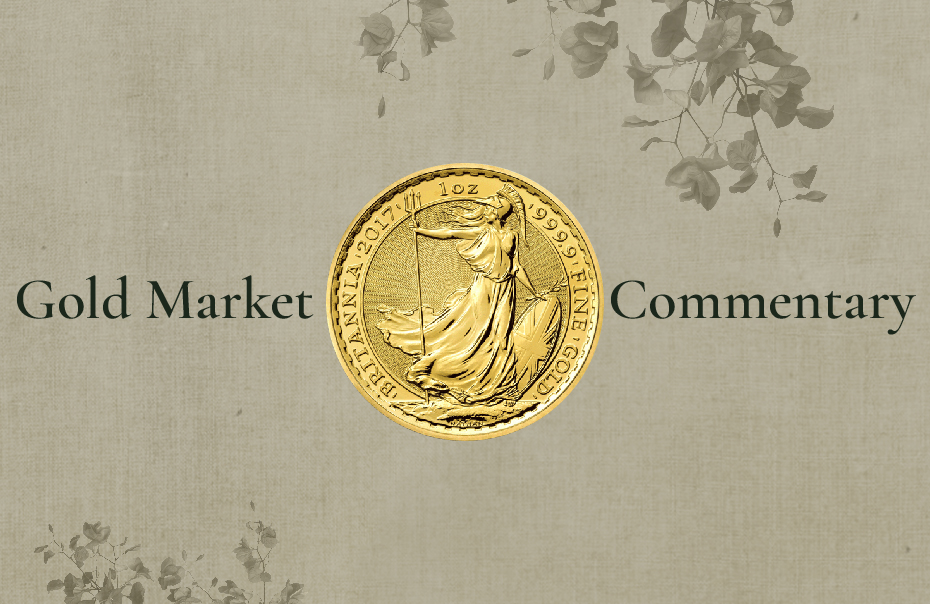Fears of a second wave of coronavirus, stoked by Beijing’s crackdown after a surge in cases, are supporting gold.
Gold prices held above $1,700 an ounce in mid-June, underpinned by news of the cluster of new cases around a food market in the Chinese capital.
The number of cases of the novel coronavirus has also continued to rise in the United States, buoying gold.
Gold is regarded as a “safe haven” in times of geopolitical turmoil.
The yellow metal was down 0.61 percent to $1,718.82 per ounce on June 15, pressured by a firming U.S. dollar.
If fears of a second wave of coronavirus are realised, and economies start to shut again, investors could seek a flight to safety in gold and drive bullion prices higher, several analysts say.
However, if Chinese authorities succeed in rapidly suppressing the outbreak in Beijing, and economies around the world make steady progress in reopening, safe-haven demand for gold will likely weaken.
Another key focus for the gold market will be the levels of fresh central bank stimulus pumped into economies, and the momentum of investor flows into gold-backed exchange traded funds (ETFs), which has been strong lately.
Gold prices jumped last week on renewed pessimism about the U.S. economic outlook, coinciding with a tumble of U.S. equities on June 11 as negative sentiment dug in due to the increasing cases of Covid-19 in the world’s largest economy.
“The equities crash of (June 11) may just be the start of a stock prices collapse which could continue, on and off, for several months and likely drive investors seeking safety into gold and silver,” wrote Lawrie Williams, precious metals commentator for bullion dealer Sharps Pixley.
Capital Economics has predicted a gold price of $1,600 per ounce by the end of 2020, as fears of a spike in inflation as a result of central bank stimulus are seen as exaggerated in the short to medium term.
“Despite fears of runaway prices, we think that stimulus-fuelled inflation is unlikely in the short or medium term. With interest rates set to remain historically low, we expect the gold price will come under pressure from fading safe-haven demand, falling to $1,600 per ounce by year-end,” it said.
For UK-based gold savers, the slippage of the pound to two-week lows on June 15, boosted the return on their dollar-denominated gold holdings.
Gold prices last week nudged up almost to their highest level in more than 7-1/2 years in dollar terms, before slipping back.
The pound weakened against the dollar on June 15 due to the worries over a second wave of coronavirus, which triggered safe-haven buying of the greenback.
A lack of progress in Brexit trade talks has also weighed on the pound.










